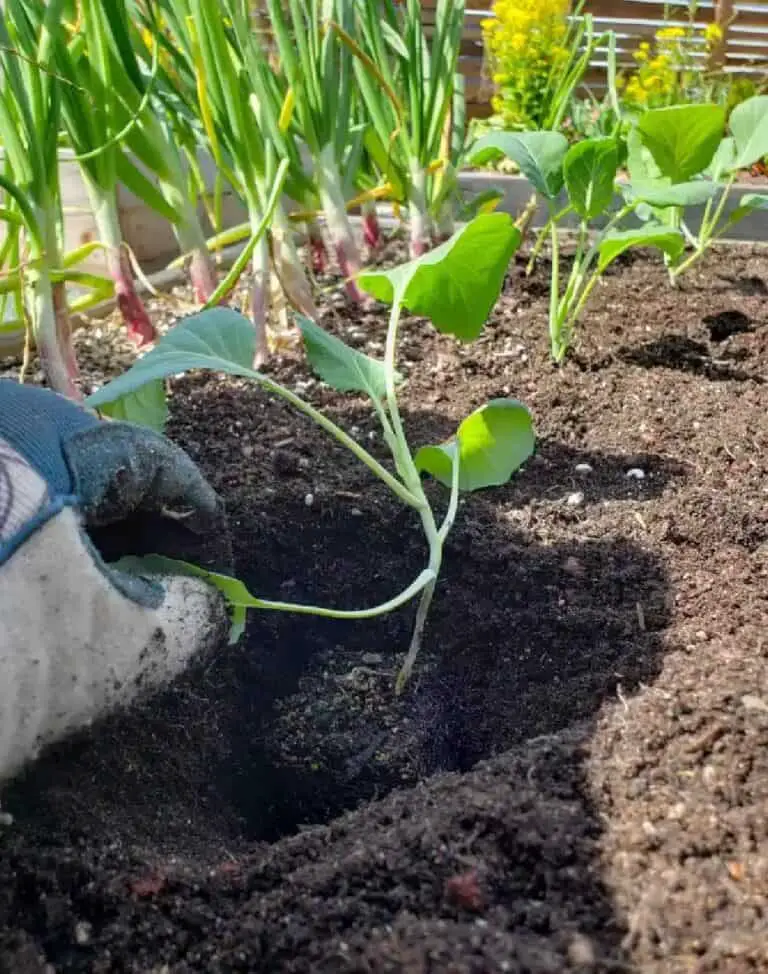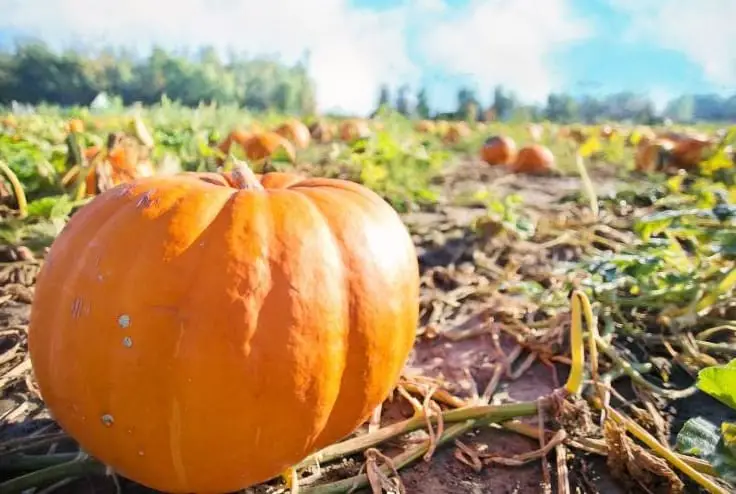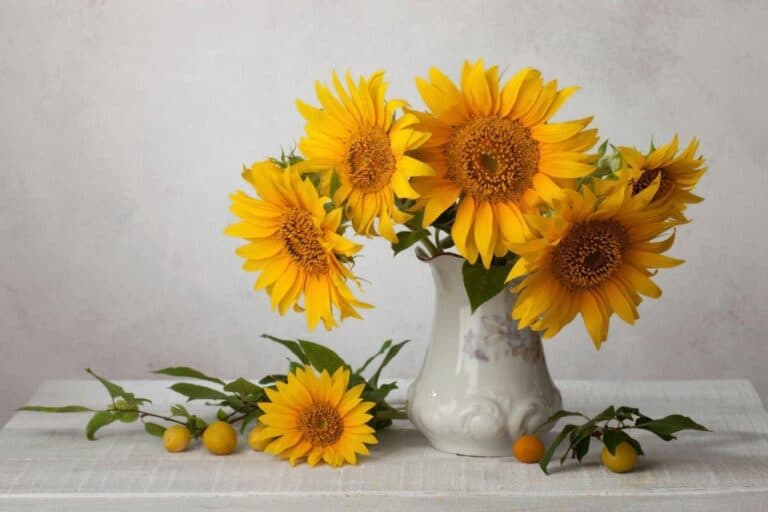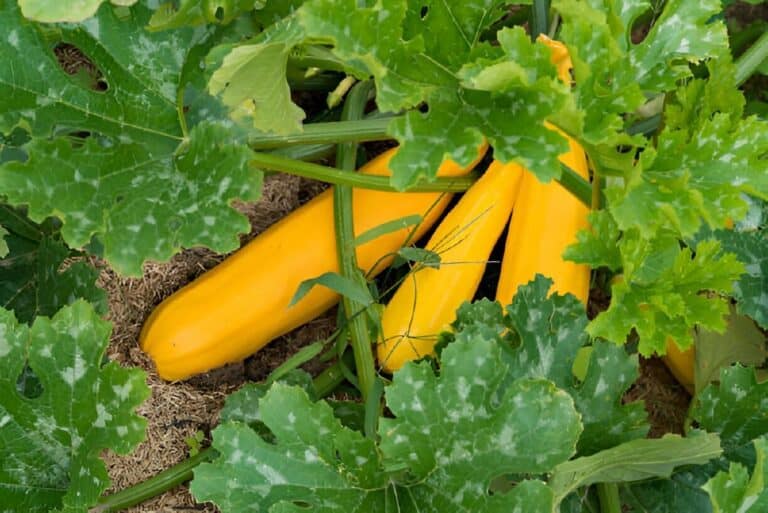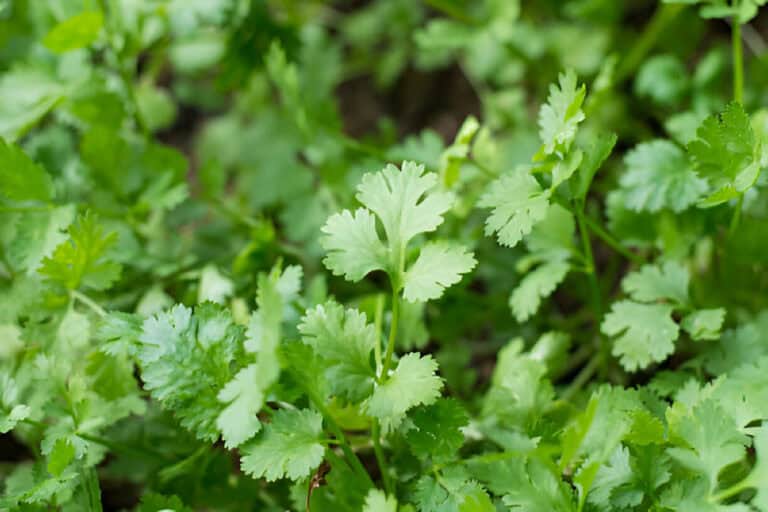Picea Abies ‘Pumila’ (Dwarf Norway Spruce): Plant Care and Growing Guide
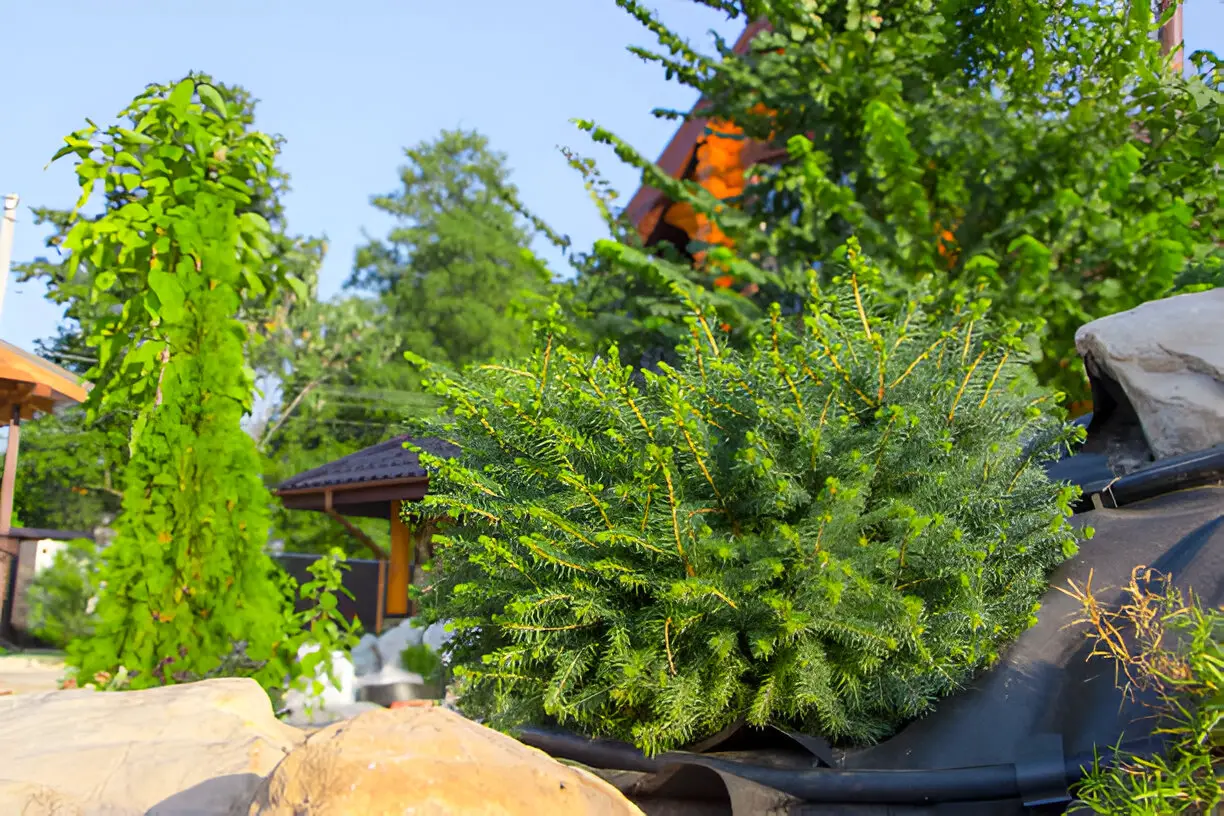
Get expert tips on planting Picea abies ‘Pumila.’ Learn how to care for this easy-to-maintain conifer and use it well in your landscaping designs. This compact evergreen shrub is great for small gardens, rock landscapes, or foundation planting. Unlike its taller relatives, it fits perfectly in limited spaces. Its dense, rounded shape and rich green needles make it a reliable touch of year-round color, and the best part is—it doesn’t demand constant attention.
But what really makes this little spruce so appealing is its versatility. Want a low-maintenance plant that still looks polished? Or a hardy evergreen that thrives through tough winters without fuss? The Dwarf Norway Spruce checks all those boxes and more.
In this guide, I’ll share what I’ve learned about caring for this easy conifer. You’ll find tips on planting, watering, and keeping it healthy. Enjoy its beauty without the stress of high-maintenance gardening.
Why You Need to Consider Growing Dwarf Norway Spruce
The Dwarf Norway Spruce, otherwise known as the Picea Abies ‘Pumila’ or Norway Spruce ‘Pumila’, Pumila Norway Spruce, Dwarf Norway Spruce, is a rather well known shrub plant by gardening enthusiasts around the world.
In this guide, I’ll share what I’ve learned about caring for this easy conifer. You’ll find tips on planting, watering, and keeping it healthy. Enjoy its beauty without the stress of high-maintenance gardening.
Fortunately, this is exactly what we’ll cover in this Dwarf Norway Spruce Care Guide. So let’s dive in.
But if you prefer to watch a short video instead, check it out here:
In order to take proper care of your Dwarf Norway Spruce you’ll need to keep in mind the following guidelines:
- Water: The Dwarf Norway Spruce prefers constant watering each week and more during the hot season.
- Light: Keep your Picea Abies ‘Pumila’ in an environment where it can receive partial to full sun on a daily basis.
- Soil: Make sure to keep the Dwarf Norway Spruce in soil with moist but well-draining properties, so ideally, one that is made of sand, loam, and clay.
And that’s practically it! If you keep these three factors in check, your Dwarf Norway Spruce will likely have all it needs for it to survive and even thrive.
Dwarf Norway Spruce’s Scientific / Botanical Aspects
The Dwarf Norway Spruce is part of the Pinaceae family. Its genus is Picea and its species is Abies. That’s why it’s scientifically named Picea Abies ‘Pumila’ (PY-see-a AY-beez).
Other common Pinaceae species include Abies Concolor ‘Blue Cloak’, Photinia X Fraseri, Pinus Flexilis ‘Vanderwolf’S Pyramid’, Nest Spruce, Pinus Sylvestris ‘Glauca Nana’, Dwarf Balsam Fir, Dwarf Blue Rocky Mountain Fir, Picea Mariana ‘Nana’, and Horstmann’s Silberlocke Korean Fir.
As with other Picea’s, the Dwarf Norway Spruce is an evergreen plant, which means it will be present year round in your garden.
Growing Region
Keep in mind your plants’ native region and environment. This is where your Dwarf Norway Spruce thrives best.
The Picea Abies ‘Pumila’ thrives best in heat zones 1 to 8. It can handle hardiness levels from 4a to 6a. The ideal climate zones are 1 through 6, plus 14 to 17, and A2 to A3.
Growth and Size
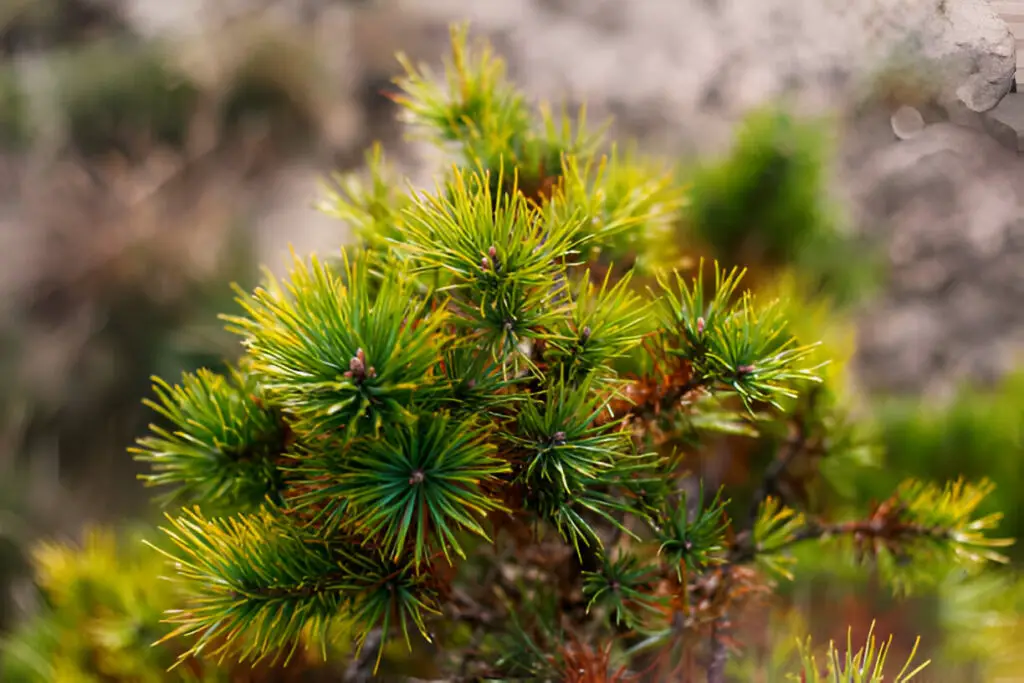
Growth
In terms of size and growth, the Dwarf Norway Spruce is a relatively slow grower, which makes things easy for any plant enthusiast.
Size
But, what size of Dwarf Norway Spruce are we talking about? What can you expect in terms of height, spread and spacing? Let’s dig in…
The Picea Abies ‘Pumila’ can grow up to 3′ – 4′ (90cm – 120cm) in 3′ – 4′ (90cm – 120cm) and 3′ – 4′ (90cm – 120cm) in 3′ – 4′ (90cm – 120cm).
The Dwarf Norway Spruce is a large shrub. Keep this in mind when deciding where to place it in your home.
Expect it to grow into a lovely, compact, rounded shape. Keep this in mind when planning your garden landscape.
This is why experts recommend keeping an area of approximately 48″ (120cm) free, so the Dwarf Norway Spruce can spread to its best extent.
Water
In terms of watering, the Dwarf Norway Spruce is a fairly simple plant to take care of.
This is mostly because it has a straightforward watering schedule and somewhat regular watering needs.
Most experts say that Picea Abies ‘Pumila’ needs regular watering each week. It needs even more water during hot weather.
Which is why it is considered a plant with relatively average needs in terms of water.
Watering
Keep your Dwarf Norway Spruce in soil that is moist but well-draining. This helps your plant grow and thrive.
When you consider this, this is why you should aim to choose soil that has good drainage properties to keep the right moisture levels at all times.
In our experience, the well-known ‘thumb’ or ‘finger’ test works best for the Dwarf Norway Spruce. This method helps you give it the right amount of water every time. It doesn’t matter where you place the tree.
Soil Mix
The Dwarf Norway Spruce needs well-drained soil. So, mix sand, loam, and clay to create the right soil.
This is why most experts agree that the Dwarf Norway Spruce requires soil with sand, which will give you the right conditions it needs.
In addition to this, expert gardeners recommend having preferably neutral to acid soil.
Light and Exposure
In terms of light & exposure, the Dwarf Norway Spruce requires partial to full sun in order for it to thrive under the right conditions.
Most experts agree that this shrub will do well as long as you keep it in full sun, and it will be able to grow properly.
Specifically, we recommend that you place your Picea Abies ‘Pumila’ in full and direct sun (more than 6 hours of direct sunlight per day).
Season
Being an evergreen plant, the Dwarf Norway Spruce will be present year round in your garden.
But, you can expect it to have its ‘prime-time’ during the spring (early, mid, late), the summer (early, mid, late), the fall, and during the winter.
Foliage
The leaves from the Dwarf Norway Spruce have a beautiful blue-green color during most of the year. In particular, this tree is known for having a very generic needle arrangement in its leaves.
Attracts, Tolerance and Resistance
The Dwarf Norway Spruce attracts birds. Keep this in mind when choosing your plant. You might find birds visiting your garden.
Additionally, it has a special tolerance for animals like rabbit and deer, so don’t worry if any of these come along, your Picea Abies ‘Pumila’ will be fine.
Garden
Now, let’s talk garden and how your Dwarf Norway Spruce will look best in it.
Other owners believe they fit nicely in informal and cottage gardens, as well as gravel, rock, and traditional garden styles.
In particular, the Dwarf Norway Spruce’s best location within your garden is in beds and borders, and in small gardens, others use it for landscaping in an urban garden, rock garden, container, border, hedge, mass planting, or a wildlife garden.
Companion Plants
Dwarf Norway Spruce’s do well with some other plants beside it. One good companion plant is the Buddleja, which will pair up nicely with your leafy friend.
Others consider that a nice Gaillardia will work well too, so choose whichever you find works best for you!
Conclusion
So that’s it! These are the main plant care requirements that you need to keep in mind in order to have a healthy Dwarf Norway Spruce in your garden or home.


